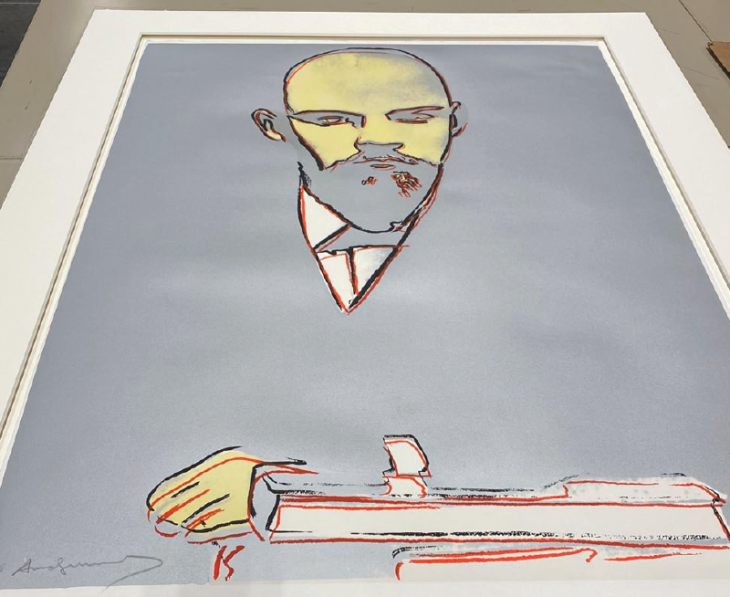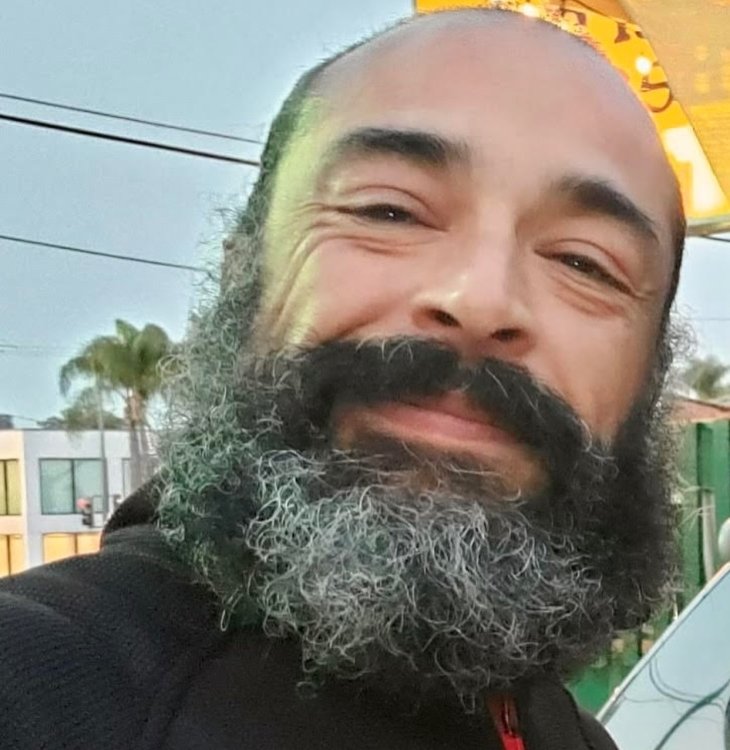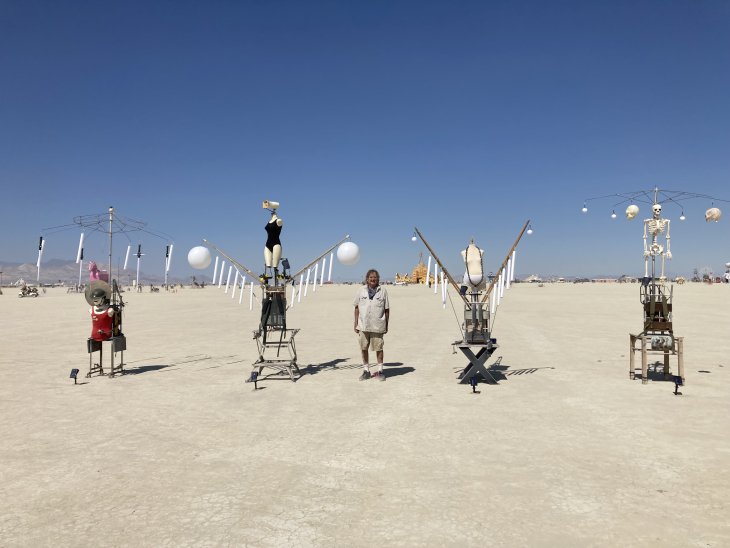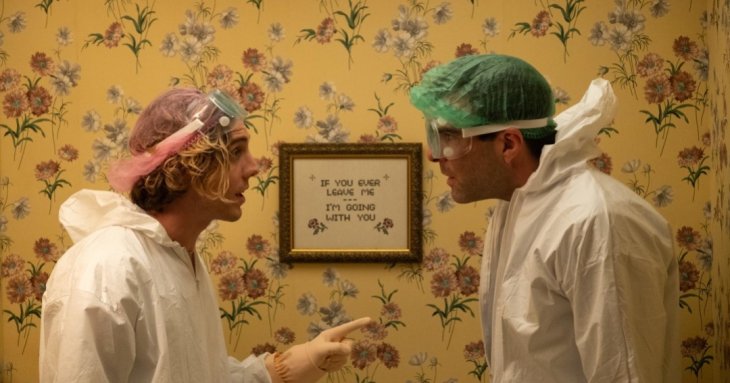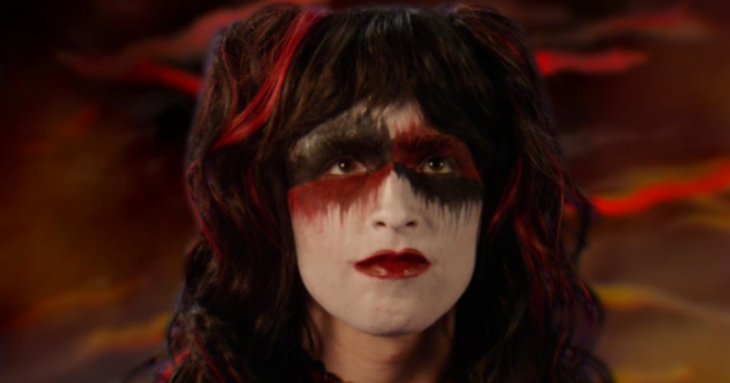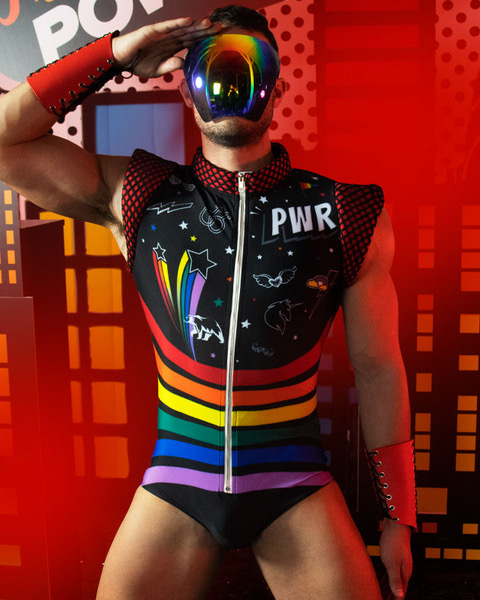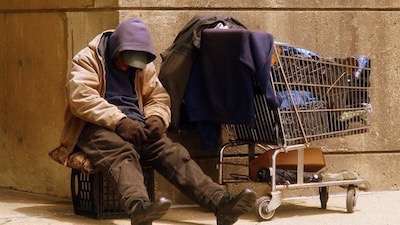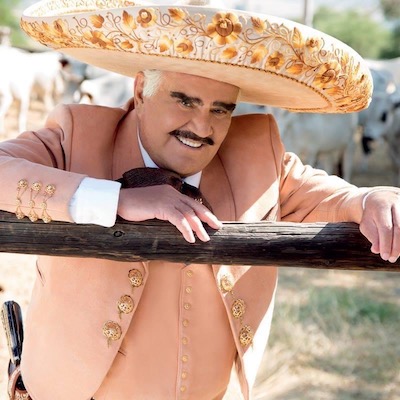In Gentleman George’s latest production, “Orry,” you’re invited to the funeral of three-time Oscar winner and Hollywood legend, costume designer Orry-Kelly.
Don’t expect a little thing like death to stop the whip tongue and quick wit of the unapologetically gay Australian rascal who dressed and heard the secrets of stars like Marilyn Monroe, Bette Davis, Olivia de Havilland, Merle Oberon, Ingrid Bergman and Mae West — just to name a few. Fearless, funny and outspoken, Orry-Kelly lived life to the fullest, from his childhood in Kiama, to reveling in Sydney’s underworld nightlife, to chasing his dreams of acting in New York, to Hollywood. Based on his memoir “Women I’ve Undressed” — found in a pillowcase in suburban Sydney nearly 51 years after his death — “Orry” incorporates music, dance, vaudeville routines, puppetry, digital art, special effects and a taste of those incredible gowns to share his irresistible story.

The Pride LA spoke with writer and performer Nick Hardcastle about what the audience can expect. Check it out:
In one sentence, who was the legendary Orry-Kelly?
An artist in the absolute sense, Orry was a performer, painter, designer and storyteller. He was an unapologetic truth teller and, at times, an obnoxious drunk who often rubbed people the wrong way — but his talent was incomparable. He was a courageous explorer and adventurer who left his home in a tiny seaside town in Australia to journey to New York, where he worked on Broadway, and on to Hollywood. Wait sorry – that was three sentences – brevity was never a strong suit of Orry’s!
Why is he so impactful on Hollywood history?
His legacy in film, fashion and popular culture is undeniable. He designed 285 films in his career including Casablanca, The Maltese Falcon, 42nd St, Oklahoma, Gypsy, Mame, Arsenic and Old Lace and Jezebel, and won three Academy Awards for An American in Paris, Les Girls and Some Like it Hot. He literally transformed women into movie stars: Bette Davis, Marilyn Monroe, Ava Gardner, Ingrid Bergman, Jane Fonda, Shirley Maclaine, Rita Hayworth — you name them! His designs ended up on high streets and women everywhere began to emulate the style of the film stars that he created.

Why is this a play for the LGBTQ+ community?
This is a story about a man who was often forced to “draw the curtains,” but who lived his life truthfully, even if that meant heartbreak, loneliness, sadness and disapproval. It puts the Hollywood system of forcing men and women into the closet under the spotlight. It reminds the audience how far we have come as an LGBTQ+ community, but also of the cost of that progress and how much more is still ahead of us. Plus it is camp as hell and who doesn’t love that?!
What can attendees expect from the play?
A great insight into the man and his time, as well as some revelations. Hopefully our audience will be truly touched but also thoroughly entertained. It is an intimate but elaborate show. It has to be. Wayne and I have really tried to pay tribute to his Australian roots, his love for vaudeville and his Broadway and Hollywood success. You can’t do all that with a cast of two and a pianist in a simple black box theatre right? Well, come and check us out and see for yourself!

What was the inspiration behind writing the play?
At the urging of my scenic designer John Iacovelli, I watched Gillian Armstrong’s documentary “Women He’s Undressed,” based on Orry’s recently discovered memoir “Women I’ve Undressed.” I knew of him and his work, but not his story. The doc was fascinating and I bought the book immediately. I read it and called his publisher straight away to obtain the adaptation rights. As a boy from a small coastal town in NSW Australia myself who now lives in Hollywood, I relate to it so much. As a man who has so often had to be careful, guarded, protective or simply lie about who I am to keep others satisfied or happy — I relate to it enormously. I feel like the custodian of his story and I am so proud to be able to share it in this way with the incredible team I’ve assembled.
What was a challenging scene to write and/or create on stage?
There are some very confronting and tender moments. I think the climactic moment leading to Orry reaching rock bottom was the hardest to write and play, because it is the culmination of a great many things throughout his life — not just a single moment in time. We wanted to show that entire history of pain in the most succinct but meaningful way.

Without revealing too much, what is your favorite part of the play?
Well, there are puppets — that’s fun! I think as I am still in process right now, I am discovering new things every day and having new moments with the material, so I cannot really pick a favorite part yet. It also crosses a 60-year period, so the chance to cross-genre is a lot of fun too!
Gentleman George’s “Orry” runs November 1–11 at the Lee Strasberg Theatre in West Hollywood. For a list of showtimes and more information, visit Gentleman-George.com





